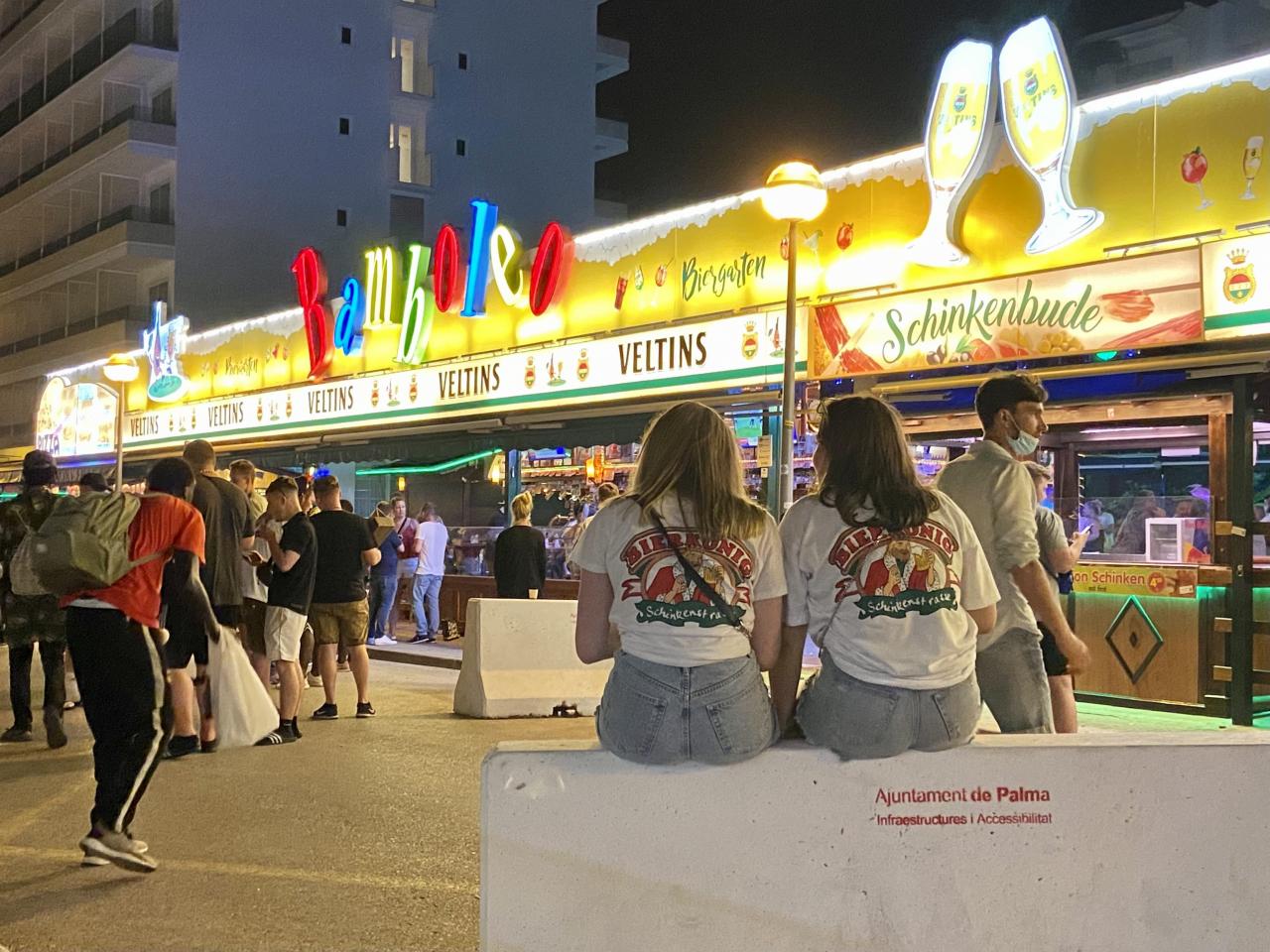
Can the Balearic Islands afford to dispense with ten per cent of their tourists? | Emilio Queirolo
Palma16/06/2021 11:50
Over thirty years ago, a researcher with the applied economics faculty at the University of the Balearic Islands authored a paper which drew a highly revealing conclusion. Eugenio Aguiló Perez, now a professor with the faculty, had conducted an “estimation of the social income of tourism”. Through cost-benefit analysis, he showed that ten per cent of tourists spent so little that they caused “a negative addition to the net social benefit of tourist activity”. In other words, the cost to the Balearics of this ten per cent was greater than the benefits derived from tourism.

No comments
To be able to write a comment, you have to be registered and logged in
Currently there are no comments.